UUFR is located in the “Piedmont” ecoregion, which stretches from New Jersey to Alabama and occupies approximately the middle third of North Carolina, between the Appalachians and the Coastal Plain.
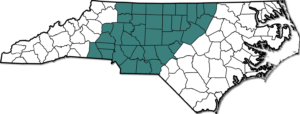
NC’s Piedmont region. NC Office of State Archaeology, 2022
UUFR’s campus is wooded with many trees and shrubs native to the region. (And more than a few introduced or invasive species!) Many native trees and shrubs grow wild here including Tulip Poplar (image below, with the tulip-shaped leaves) and Red Bud (heart-shaped leaves). UUFR’s volunteer groundskeeping crew maintains beautiful and diverse gardens all around our campus.
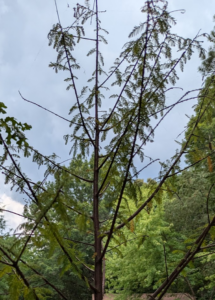
© R. Scheller, CC BY-SA 4.0.

© R. Outcalt, CC BY-SA 4.
Our Bald Cypress Covenant Tree (adjacent to Wade Avenue) was planted in 2021 as part of a Greenfaith action. The plaque reads: “Planting a tree is an act of faith in the future. Planted November 18, 2021 by the members of the Unitarian Universalist Fellowship of Raleigh in honor of our commitment to Climate Justice.”
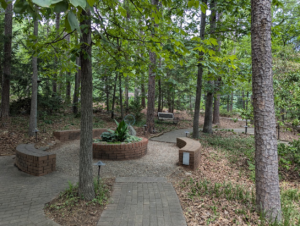
© R. Scheller, CC BY-SA 4.0.
One way to appreciate UUFR’s local ecology is by enjoying the Memorial Garden. Located east of Fellowship Hall, the Memorial Garden (constructed in 1995 and renovated in 2016) consists of two connected circles of walkways, reflecting the overlapping circle symbol of Unitarian Universalism and red granite steles positioned along the walkways bearing the names of deceased Fellowship members and friends. The garden’s paths, plantings, seating, and chalice make the garden an ideal place for ceremonies and remembrance of loved ones.
Many Unitarian Universalists honor the interconnectedness of life by reflecting on a long view of environmental history and contemplating how humans have interacted with the landscape. Here is a little natural history of the area around UUFR.
Native Americans have inhabited North Carolina for at least 12,000 years. At their arrival, the region was dominated by northern forests of spruces, hemlock, fir, and pine, which transitioned to more white oaks and shortleaf pines as the climate warmed.
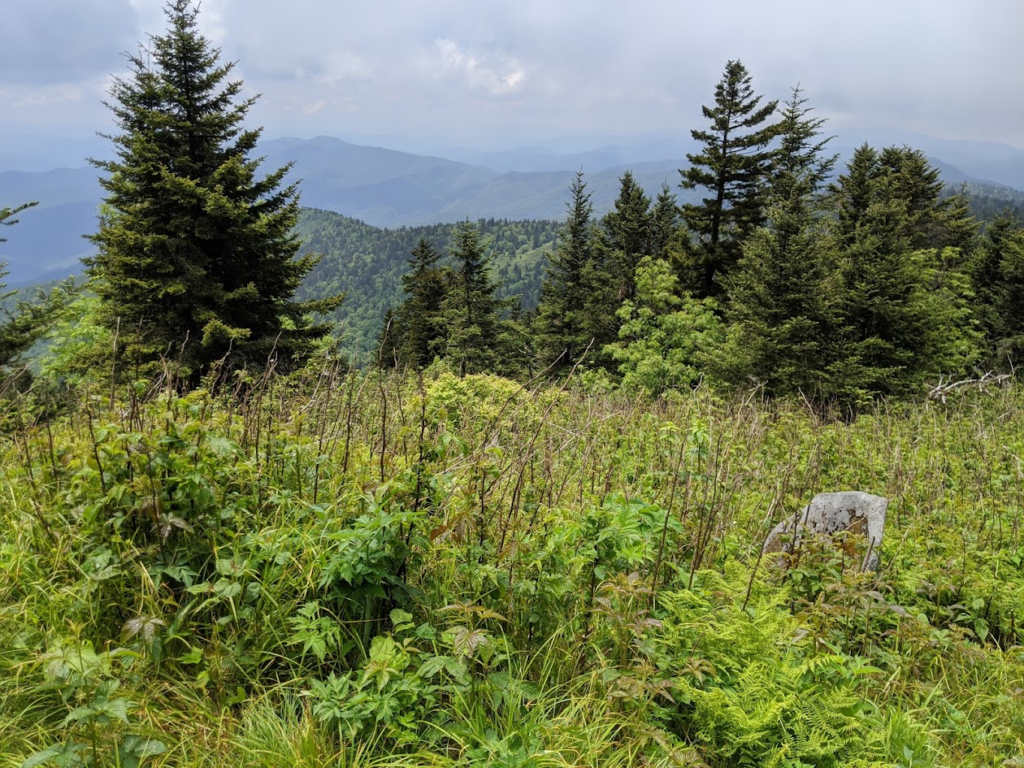
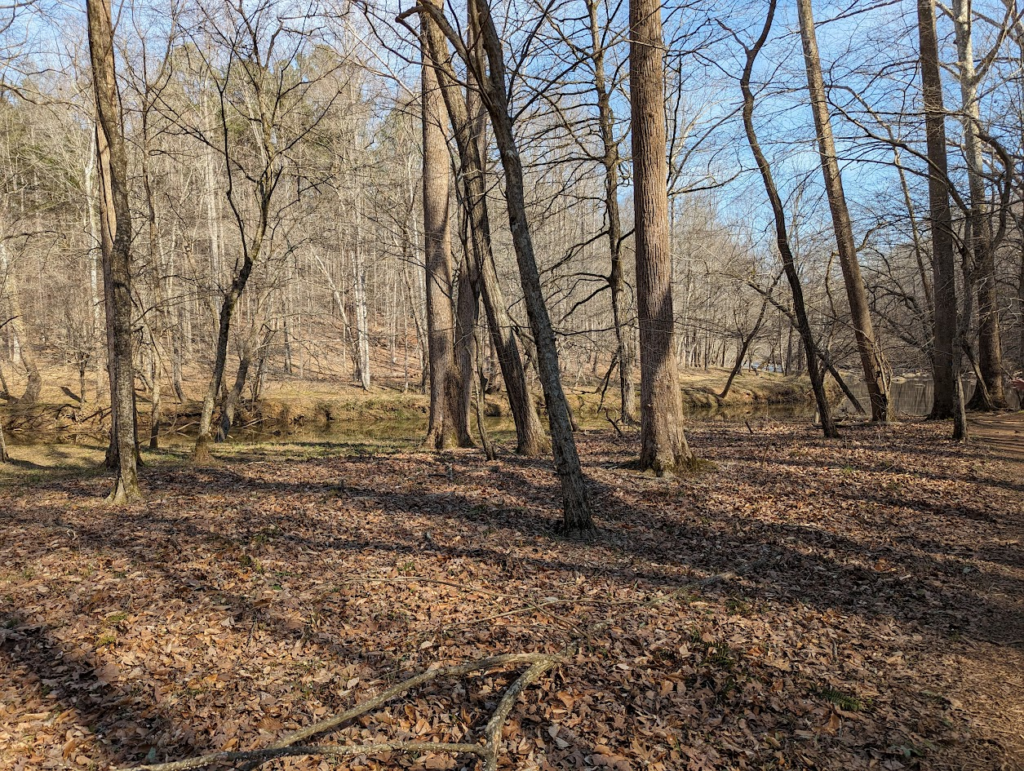
Early tribes in the area, including the Tuscarora, Catawba, and Siouan, practiced cultural burning, using low-intensity fires to manage their landscapes. Tribes used fire to clear underbrush, improve game habitat, promote the growth of species that produced food and fiber, and reduce the risk of large wildfires. This practice promoted tree species that required sunlight and needed frequent burning, such as oaks and pines.

European settlers arriving in the late 1600s and the 1700s displaced Native Americans (through war and genocide). By the mid-1700s White settlers had established large plantations throughout the area, worked by enslaved Africans and African Americans. The hilly terrain and soil conditions around where UUFR stands today made it unsuitable for row crops, so it was primarily used for grazing. The land was kept as a mix of open forest and grassland, with wood lots preserved to provide shade for animals and wood for cooking and heating. In the 1930s and 1940s, hobby-horse farms were established in west Raleigh for White residents.

In the late 1940s and 1950s, suburbanization transformed the land into smaller lots with modest homes. This home near UUFR pictured below was built in 1948 and is typical of the era.
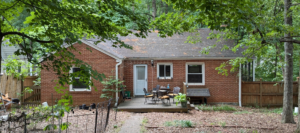
Today, most of the oak and pine trees in UUFR’s neighborhood are descended from trees that have been here for many hundreds of years.